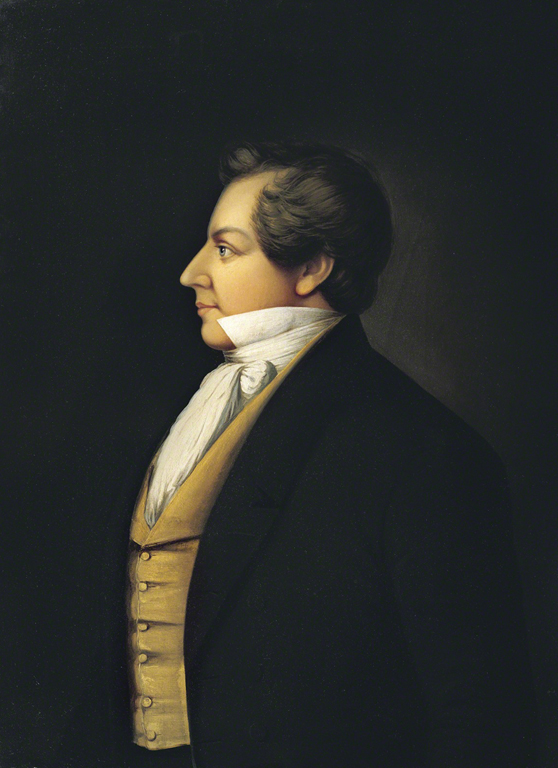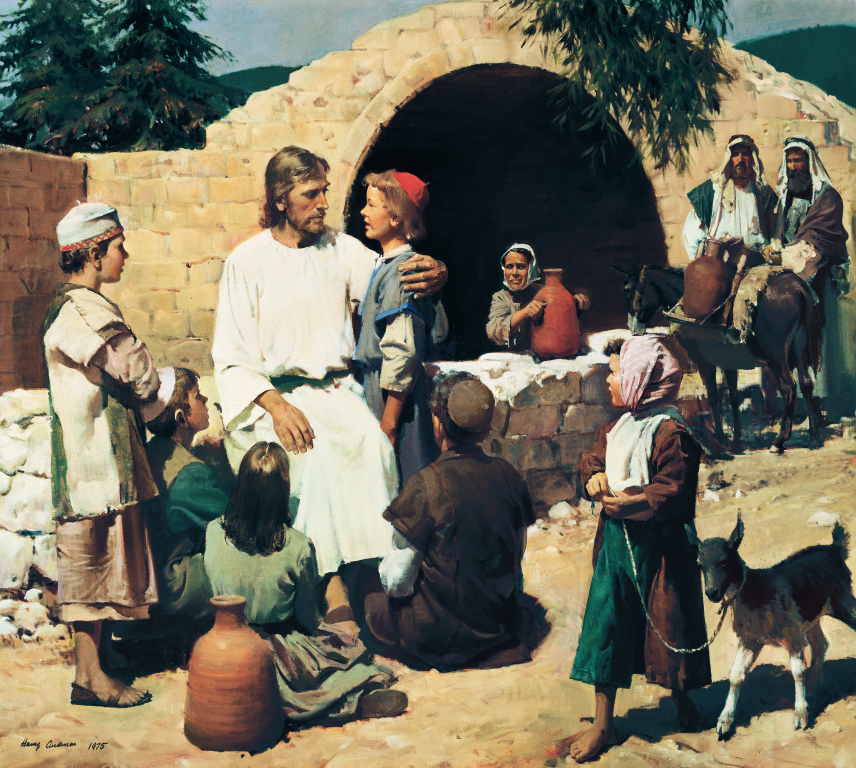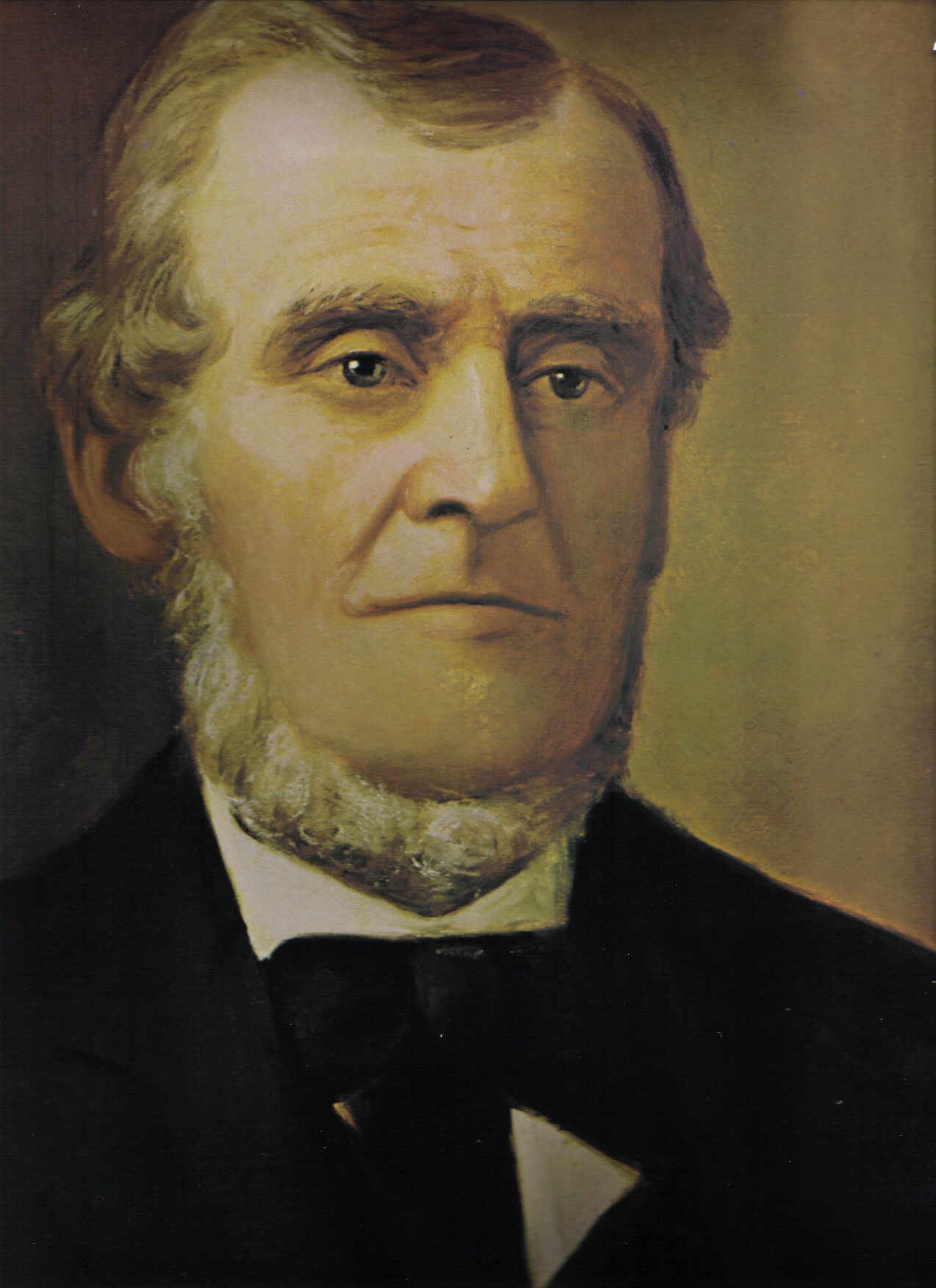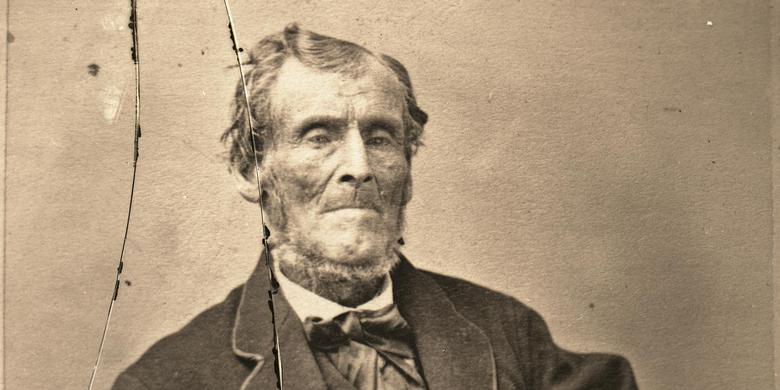“Some time in the second year after our removal to
Manchester, there was in the place where we lived an unusual excitement on the
subject of religion,” wrote Joseph Smith, Jr., in his History. “It commenced with the Methodists, but soon
became general among all the sects in that region of country. Indeed, the whole district of country seemed
affected by it, and great multitudes united themselves to the different
religious parties, which created no small stir and division amongst the people,
some crying, “Lo, here!” and others, “Lo, there!” Some were contending for the Methodist faith,
some for the Presbyterian, and some for the Baptist” (
Joseph Smith-History1:5).
 |
Joseph Smith, Jr.
Courtesy lds.org |
The United States, in 1820, was in the midst of the Second
Great Awakening. Responding to new-found
freedom of religion as individual states disestablished state churches, people
explored different denominations and chose from among them. When Joseph Smith referred to an “unusual
excitement on the subject of religion,” he wasn’t kidding: the particular area of New York where the
Smith family lived was so overrun with religious meetings that historians have
dubbed it the “Burned-over district.”
From 1825-1828 Presbyterian minister Charles Finney worked in
the Burned-over district to bring souls to Christ. His tool of choice was the revival.
Though controversial in his methods, Finney used the revival
with much success, and other preachers approached him for advice. In 1834 he taught a class of Presbyterian
preachers how to conduct revivals; a year later he published these
Lectures on Revivals of Religion in book
form.
 |
Charles Grandison Finney
Photograph ca. 1850
Source: Wikimedia Commons |
Finney began his Lectures
by explaining what a revival was, and continued by explaining why it was
necessary. A revival injected new
spiritual life into the congregation and community. Without this spiritual renewal, Finney
argued, Christians would be distracted from serving God and backslide into
sin. Finney explained:
Men are so spiritually sluggish,
there are so many things to lead their minds off from religion, and to oppose the
influence of the Gospel, that it is necessary to raise an excitement among
them, till the tide rises so high as to sweep away the opposing obstacles. They
must be so excited that they will break over these counteracting influences,
before they will obey God. . . . Hence it is necessary to awaken men to a sense
of guilt and danger, and thus produce an excitement of counter feeling and
desire which will break the power of carnal and worldly desire and leave the
will free to obey God. (Finney, Lecture 1.)
Further, without the excitement produced by a revival, nonbelievers (Finney called them sinners) would never humble themselves enough
to feel the Holy Spirit and be converted through Christ’s grace. It was the church’s duty to help save
nonbelievers and backsliders through holding periodic revivals. “There is no other way in which a church can
be sanctified, grow in grace, and be fitted for heaven” (Finney, Lecture 2,
Section II(6)).
 |
Lithograph of revival ca. 1830
Courtesy history.lds.org |
“A revival consists of two parts,” wrote Finney (Lecture
3). First, the preacher encouraged listeners
to examine their sins and confess them, in this way breaking down their pride
and making them humble. Finney provided
the example:
”If there is a sinner in this house, let me
say to him, Abandon all your excuses. You have been told to-night that they are
all vain. To-night it will be told in hell, and told in heaven, and echoed from
the ends of the universe, what you decide to do. This very hour may seal your
eternal destiny. Will you submit to God to-night—NOW?”
A revival’s second part consisted of prayer, pleading with
the Lord to pour out His Spirit among the congregants and grant them
forgiveness and conversion. Again, from
Finney:
“Now, my brethren, I have only to
ask you, in regard to what I have preached to-night, “Will you do it?”. . . Have
you gone over with your sins, and confessed them, and got them all out of the
way? Can you pray now? And will you join and offer prevailing prayer, that the
Spirit of God may come down here? “(Finney, Lecture 4, Remarks (3)).
If the minister and the church members had done everything
right up to this point, God would indeed pour out his Spirit on the congregation
and sinners would be converted.
Revival meetings worked well during the Second Great
Awakening because the evangelical tradition of the time taught that individuals
needed to have a conversion experience to receive God’s grace, and the
excitement produced at a revival brought many people the conversion experience
they looked for. In the Smith family,
Lucy Mack Smith, Hyrum, Samuel Harrison, and Sophronia felt satisfied with
conversion experiences they had felt while attending Presbyterian revivals (see
Joseph Smith-History 1:7). Joseph Smith,
however, never experienced such a life-altering conversion during the
revivals that he attended, so he looked for one elsewhere, in a grove of trees near
his family’s home. This time he obtained
the experience he sought.
 |
The Sacred Grove
Courtesy lds.org |
The more history I learn, the more convinced I am that God
influences the world. God inspired
leaders in state governments to disestablish religion, ensuring that a
fourteen-year-old boy would have many different sects to choose from, and feel comfortable
with none of them. God created an
atmosphere where people believed in sudden miracle conversions, so that Joseph
Smith Jr. would look for one, and not be content until he found it. Finally,
when Joseph prayed in the sacred grove, God provided the First Vision.















